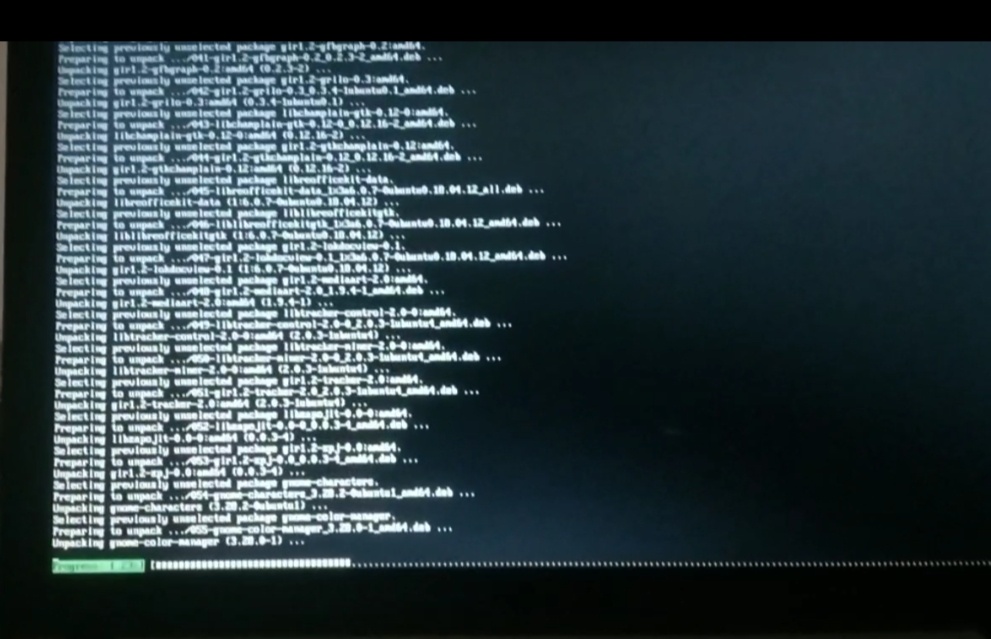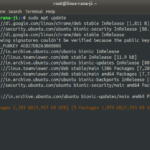Introduction to Linux Supercomputer

Linux supercomputers are powerful computing systems that are designed to perform complex calculations, simulations, and analyses. These systems are typically composed of multiple nodes that are connected via a high-speed network. Each node is typically running a Linux operating system, and each node is capable of running multiple applications simultaneously. This allows for the creation of a highly distributed system with the potential of performing a wide variety of tasks. The Linux operating system is an open-source operating system, making it highly versatile and customizable. This means that users have the ability to tailor the system to their specific needs. Additionally, due to its open-source nature, the Linux operating system is also very secure, making it ideal for use in highly sensitive computing environments.
What is a Linux Supercomputer?
A Linux Supercomputer is a computer system that is designed to process large amounts of data quickly and efficiently. It is typically composed of multiple processing units, including specialized processors and memory, connected together to provide a powerful and reliable computing platform. The major advantage of a Linux Supercomputer is its ability to run multiple parallel processes, such as multiple applications and services, in a distributed manner, thus allowing for massive scalability and configurability to meet the needs of the user. Additionally, Linux Supercomputers are typically designed with a high degree of fault tolerance and redundancy, allowing for the continued operation of the system even in the event of component failure. The main benefits of a Linux Supercomputer include increased processing power, scalability, reliability, and flexibility.
What are the Benefits of using Linux?
Linux is an open source operating system that is widely used due to its robustness, scalability and cost effectiveness. It is a preferred choice for many due to its ability to provide secure, reliable and flexible computing solutions. The primary benefit of using Linux is its cost-effectiveness. Linux is free to use and can be downloaded from the internet, meaning there are no upfront costs associated with using it. Additionally, the source code is freely available, meaning that users have the ability to customize and modify the operating system to their specific needs. Furthermore, Linux is highly reliable, with an uptime of over 99.9%, making it suitable for use in mission critical environments.
Choosing the Appropriate Linux Supercomputer
When selecting a Linux supercomputer, the first step is to consider the type of computing tasks that will be performed on the system. This is important as the architecture and design of the system should be tailored to the specific needs of the user. The appropriate Linux supercomputer for a specific task will depend on factors such as the type of tasks being performed, the data sets being processed, the number of concurrent jobs being run, and the amount of memory and storage required. For example, if the task requires intense computation, a Linux supercomputer with a large number of cores and high clock speed is ideal, whereas for a task that requires a large amount of data storage, a Linux supercomputer with a large number of disks and high-speed connection is more.
Selecting the Appropriate Linux Distro
The decision to choose an appropriate Linux distro can be a complex one, as there are a myriad of options available. It is important to consider the user’s specific needs when selecting a Linux distro, as the user’s experience will be greatly impacted by the selection. For instance, a user who is looking for a secure, reliable, and easy to use operating system may choose a different distro than an experienced user who is looking for a powerful system for programming. It is also important to consider the hardware requirements of the Linux distro, as some distros require more resources than others. Furthermore, the user should consider the level of support provided by the distro and whether or not it is compatible with existing software.
Selecting the Appropriate Application Software
When it comes to selecting the appropriate application software for a particular task, there are a few factors that should be taken into consideration. Firstly, it is important to understand the scope of the task at hand, and what type of application software is best-suited to it. It is also important to consider the operating system or platform that the software will be used on, as certain programs may not be compatible with certain computer systems. Additionally, the user’s technical proficiency and experience should be taken into account, as some applications may require more knowledge than others. Furthermore, the cost of the software should be considered, as some programs may have a considerable price tag attached.
Future scope in linux supercomputing
Linux supercomputing is an ever-growing and increasingly important field of study, with many potential applications ranging from data science to quantum computing. It is a field which is rapidly advancing as the underlying technology of Linux-based machines continues to evolve, allowing for ever-more complex operations. As such, the future scope of Linux supercomputing is both promising and far-reaching. For example, the use of Linux supercomputing to analyze large datasets in a distributed environment has seen considerable growth in recent years. Furthermore, development in the area of artificial intelligence and machine learning has opened up a range of new opportunities for Linux supercomputing, allowing for more intelligent and efficient operations.
Conclusion
In conclusion, Linux has become an essential operating system for supercomputing. It is a secure and reliable platform that is capable of running a wide range of applications, from scientific computing to web hosting and beyond. It offers a variety of tools and features that make it ideal for running high-performance applications. It is also cost-effective, making it a great option for businesses and organizations that need to scale their computing power without breaking the bank. Linux has also been embraced as a powerful platform for developing and deploying distributed applications, as well as for running virtual machines. Ultimately, Linux has become a key player in supercomputing, providing an ideal platform that is secure, reliable, cost-effective, and capable of running a wide array of applications.






